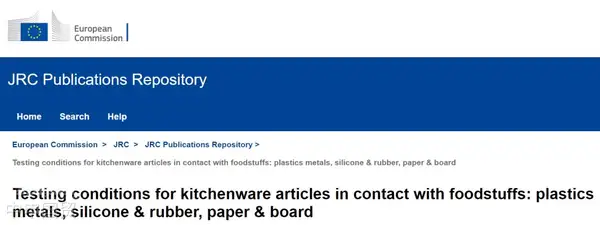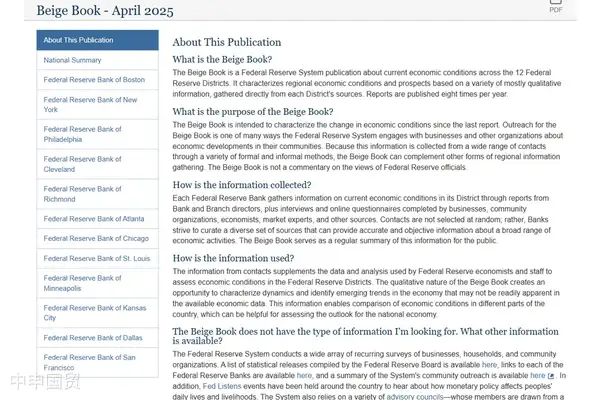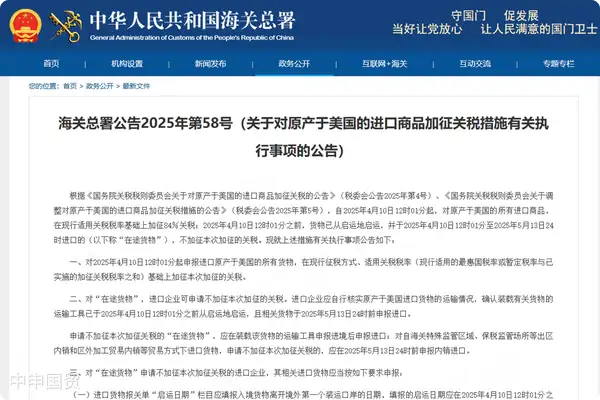- Shanghai Zhongshen International Trade Co., Ltd. - Two decades of trade agency expertise.
- Service Hotline: 139 1787 2118

In the globalized trade environment, the safety and compliance of food contact kitchenware have become key concerns for businesses and consumers. In 2023, the EU Joint Research Centre (JRC) addressed this issue by releasing the fourth edition of the Guidelines on Testing Conditions for Food Contact Kitchenware, providing clear guidance and requirements for relevant enterprises.
I. Background of the Guidelines
In July 2023, the EU Joint Research Centre, in collaboration with its reference laboratories and national reference laboratories of member states, discussed and reached a consensus to release the fourth edition of the Guidelines on Testing Conditions for Food Contact Kitchenware. The primary objective of this update is to ensure comparability of test results for kitchenware products of different material types under Regulation (EU) 2017/625.

II. Core Content of the Guidelines
The guidelines detail testing conditions for kitchenware products made of various materials, including plastic, metal, silicone, rubber, paper, and cardboard. For plastic products, the testing conditions primarily refer to the requirements of Regulation (EU) 10/2011. For materials without unified regulations, enterprises may refer to the regulations of EU member states for testing. Additionally, the guidelines specify pre-treatment methods for samples and the surface area-to-volume ratio for immersion.
III. Specific Recommendations of the Guidelines
The guidelines provide detailed tables of testing conditions for kitchenware products of different material categories. To help enterprises better understand and apply these conditions, the guidelines explain the rationale behind specific testing requirements and compare them with previous versions. Note that these conditions mainly apply to household products but may also be used to determine testing conditions for certain industrial food processing equipment.
With globalization and increasing consumer focus on food safety, the EUs Guidelines on Testing Conditions for Food Contact Kitchenware serve as a critical compliance reference for enterprises. Businesses should closely monitor EU regulations and guidelines to ensure their kitchenware products exported to the EU meet the latest testing and compliance requirements, thereby guaranteeing product quality and safety.
Related Recommendations
Core Business
Contact Us
Email: service@sh-zhongshen.com
Related Recommendations
Contact via WeChat

? 2025. All Rights Reserved. Shanghai ICP No. 2023007705-2  PSB Record: Shanghai No.31011502009912
PSB Record: Shanghai No.31011502009912









